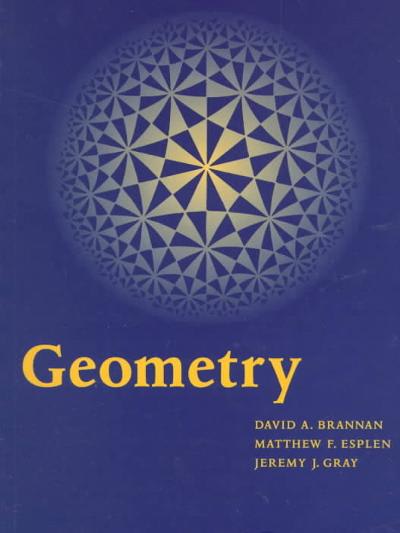Answered step by step
Verified Expert Solution
Question
1 Approved Answer
The buoyant force on a floating object is a net vertical force acting on it due to pressure. In a static fluid, there will be
The buoyant force on a floating object is a net vertical force acting on it due to pressure. In a static fluid, there will be a balance between the weight of the floating object and the buoyant force. An excellent example of this is an iceberg.Solve e. Thanks!

Step by Step Solution
There are 3 Steps involved in it
Step: 1

Get Instant Access to Expert-Tailored Solutions
See step-by-step solutions with expert insights and AI powered tools for academic success
Step: 2

Step: 3

Ace Your Homework with AI
Get the answers you need in no time with our AI-driven, step-by-step assistance
Get Started



